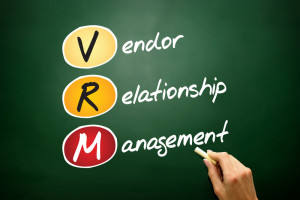Week 2 post Epic Go Live has begun. We continue to learn and adjust. Building on my previous Epic Go Live and Command Center planning posts, there are more lessons to share.
The last point in my most recent post was about camaraderie – defined as “mutual trust and friendship among people who spend a lot of time together”. I should add, in close quarters!
I continue to be impressed with the hardworking, dedicated IT team at the University of Vermont Health Network. I have seen many examples of teaching, helping one another and stepping up to new roles since the November 9th Go Live.
The rate of new tickets slowed down as Week 1 ended but the issues became more complex as expected. We have resolved over 65% of the tickets opened since cutover and addressed many cross cutting issues.
As promised, more lessons to share:
- Handoffs between shifts – Ensure that key issues and work in process is reviewed and turned over to the next shift to keep things moving smoothly. Try to have people scheduled several days in a row for continuity vs on one day and off the next.
- Seeing the “forest for the trees” – In the first few days, the focus is on closing tickets but as cross cutting issues and themes emerge, the focus needs to shift. As broad issues are defined, you need clarity on what teams and modules are involved, who is on point to lead the issue resolution, and what help is needed.
- Escalations – It is very helpful to have highly engaged executives and operational leaders rounding and raising up the greatest pain points for users that need more focus. These escalations may come through in-person visits to the command center or email.
- Ticket analysis – Have resources available who know the tool and can slice and dice the data to help leaders and teams see trends and where to focus.
- Hospital daily huddle – If the organization has a daily huddle, the command center lead should attend. It’s good way to hear firsthand how all departments are doing and what their key concerns are.
- Command center “walk-ins” – If the main command center is at the hospital you may get walk-ins – well intentioned users who want to escalate a specific ticket or issue. Command center leaders should manage this so the teams working tickets aren’t given conflicting direction on priorities.
- Email management on steroids – Staff working tickets stay in the system and don’t watch their email. But leaders get a lot of emails and it’s hard to keep up given the pace. At the end of each command center shift, go back through your inbox to ensure that any escalations are dealt with – other email can wait.
- Multiple locations for support – If there are a main command center and multiple other locations for support staff and triage, ensure they are well coordinated with good communication between.
- Document management – Everyone involved needs easy online access to reference material. Dynamic information such as shift schedules need to be maintained. Having at least a few binders of printed reference information helps as well.
- Ramp down plan – When you start adjusting command center hours, it will help to have a checklist ready on what needs to be considered and implemented (i.e. staff schedules, re-location of teams, communication to users, logistics like food and transportation, etc).
Stay tuned for more reports from the field….
Related Posts:









